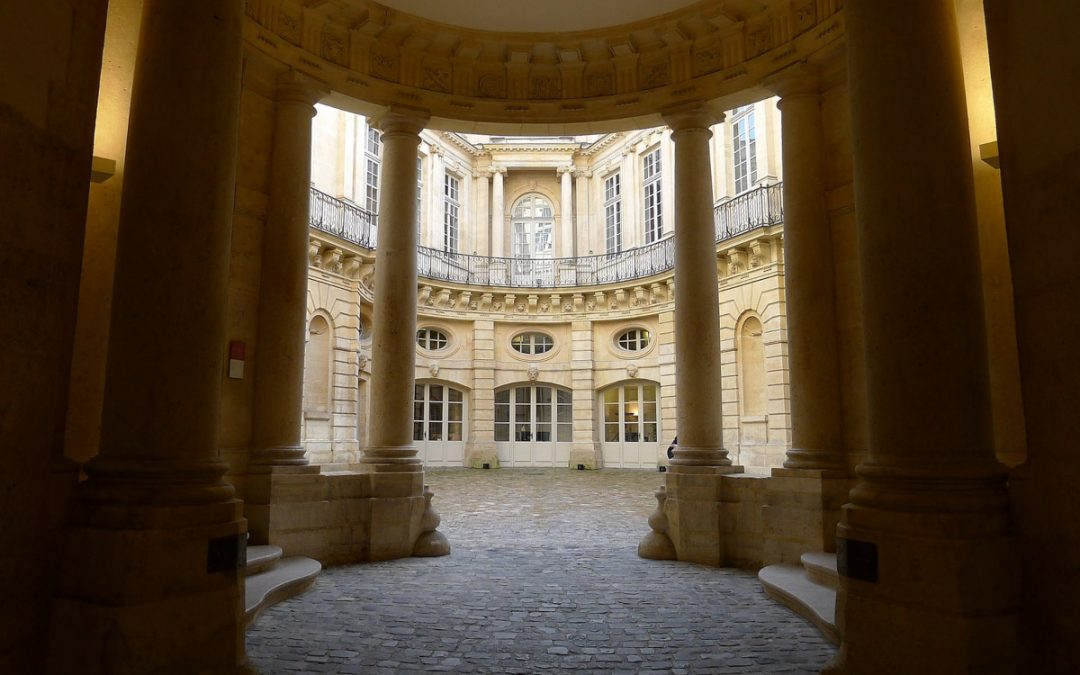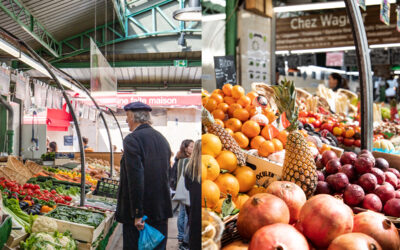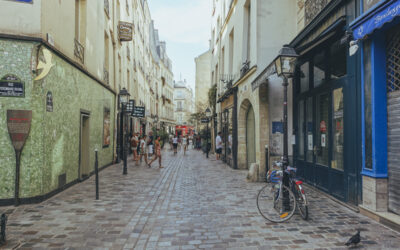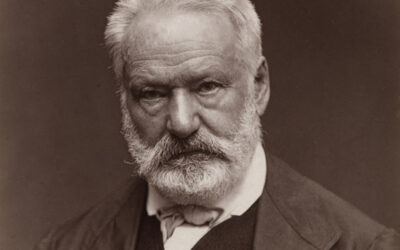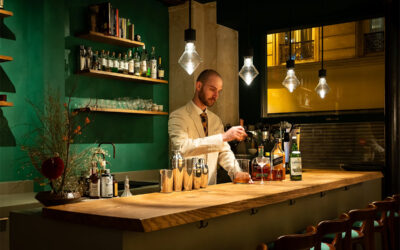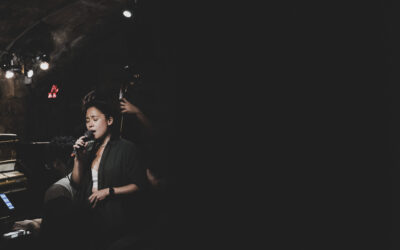Courtyard of the Hôtel de Beauvais, photo: Mbzt
Rue François Miron, a noble cut stone facade decorated with a rare rounded stone balcony opens its concave door with leaves decorated with medallion portraits, onto a very theatrical semi-oval courtyard. Shocking with its baroque architecture, the Hôtel de Beauvais is even more so with its history!
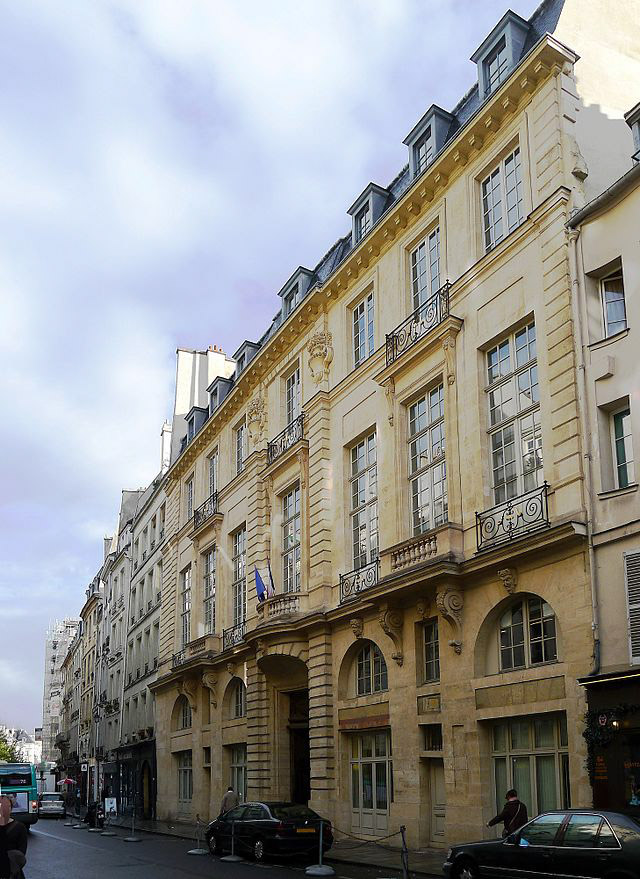
Facade of the Beauvais hotel, photo: Mbzt
The year is 1655. Anne of Austria, a young widow with teenagers to support, barely recovered from the upheavals of the Fronde and while France is still at war with her native Spain, is worried about the future of the kingdom. And his two boys.
Little flashback: Anne was married at 14 to the young Louis XIII. However, the latter took twenty-three years to make Anne pregnant with the future Sun King. Also, the latter wants to ensure that her offspring, future CEO of the small Bourbon start-up created in 1589 by Henri IV, will take over. She is all the more anxious because “plan B”, her youngest son, already seems to have the same sexual orientation as his late father.
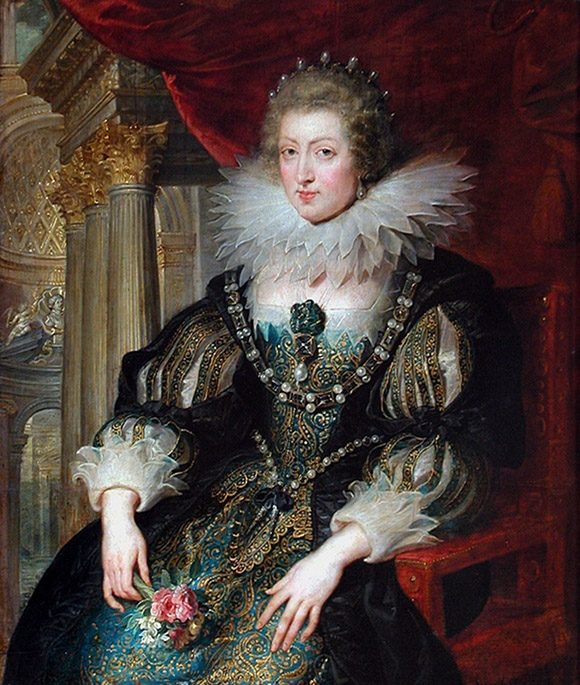
In order to ensure that the eldest heir could reproduce galore with any woman, without risking sentiment, the queen contacted the ugliest of her attendants, her first maid, Catherine Bellier. . Known as “Cateau la Borgnesse”, it is she who is responsible for deflowering the young “Loulou” who will become the PCR (no, we are not talking about the test but about his regular sex plan) of the young man between the ages of 14 and 16 years old.
The sumptuous residence on Rue François Miron that has come down to us, built to the plans of Antoine Le Pautre – the King's first architect – with stones intended for the Louvre Palace, is in fact part of the remuneration paid to “Cateau la Borgnesse” in exchange for his devotion. A simple commoner, she will also see her husband promoted to baron with a castle in the provinces, a pension of 2000 pounds and the right to attend the royal levee.
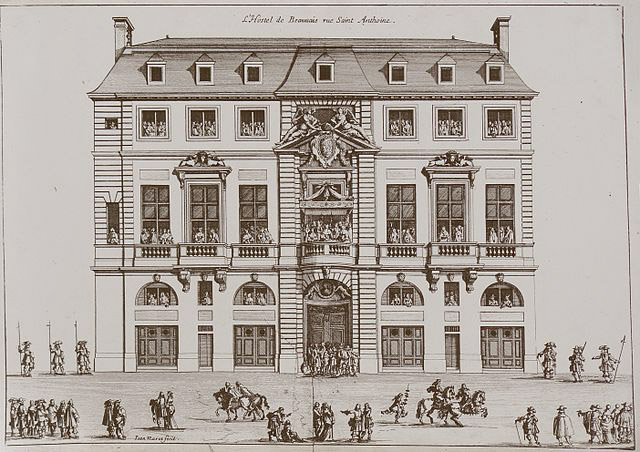
Although no portrait of “Catherine the Naughty” has reached us, some claim that one of the mascarons in the palace courtyard represents her. Those depicting lions and rams would be a direct allusion to the services rendered by Madame Bellier to the future king of France.
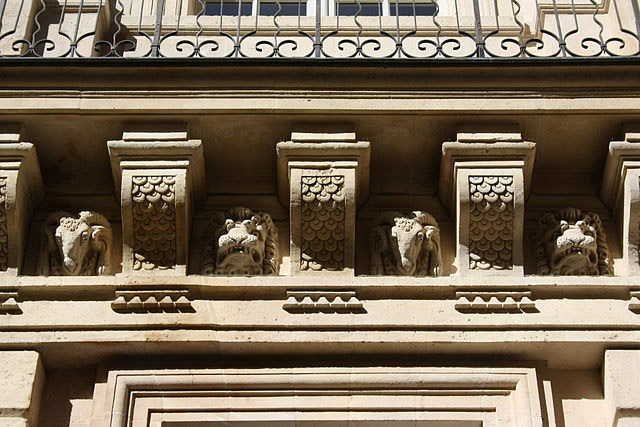
Mascarons on the Hôtel de Beauvais, photo: GFreihalter
Amusing detail: it was from the balcony of this palace that Cateau witnessed in 1660, alongside Anne of Austria and Mazarin, the triumphal entry of Louis XIV on the arm of his new wife, Marie-Thérèse of Austria , soon to be the biggest cuckold in France, due, perhaps, to the “Cateau education” received over two years by young Louis.
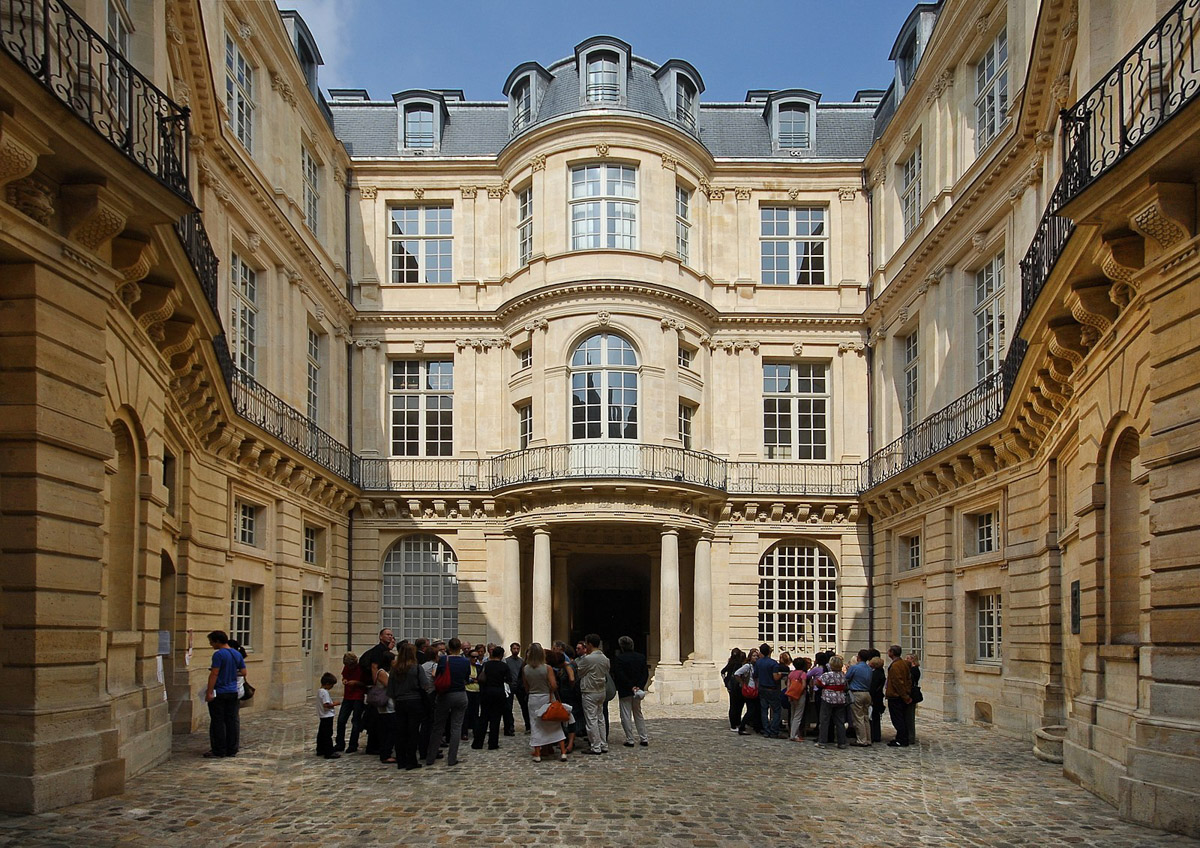
Mascarons on the Hôtel de Beauvais, photo: GFreihalter
Today occupied by the Paris administrative court of appeal and wonderfully restored, the Beauvais hotel which has seen many personalities pass through (Mozart, Christine of Sweden) opens the doors of its courtyard to the public during office hours. The interior cannot be visited.
Beauvais Hotel
68 Rue François Miron, 75004 Paris
Tel: +01 58 28 90 00 XNUMX
Text: Arthur Goth-Moruzzi – Instagram
07.07.21
FOR PASSIONATES OFUS
The Enfants Rouges market, everyone loves it
Restaurants, merchants, a photo store, a bookstore... This is how the Red Children's Market presents itself, unique in its kind in the Marais and its capital because it is the only one to offer such a varied and varied range of restaurants. qualitative.
The Marais Jewish quarter in Paris
From the 13th century, the Marais was home to a Jewish community which remained there until its expulsion in the 14th century. Fleeing poverty and persecution, Jews from Eastern countries and those from Alsace settled there in the 19th century. Around rue des rosiers and Place Saint-Paul renamed Pletz…
Victor Hugo, the writer with a thousand talents
Born in 1802, Victor Hugo became a social writer, a playwright, a poet, a novelist and a romantic designer. Nicknamed the man-ocean then the man-century, he is a political figure and a committed intellectual. He found success with Notre-Dame-de-Paris in 1831 and with Les Misérables in 1862.
NOW ON THE MOOD MARSH
Divine brunch at the foot of Notre-Dame
Of course, officially, it is not the Marais. But at Son de la Terre, a barge recently moored at the Montebello quay (5th), the 4th arrondissement is in sight. Moreover, this one is incredible: on one side, it is Notre-Dame flooded with sunlight; on the other, the quays, the book sellers, the walkers, the joggers.
Saka, a cocktail bar like in Tokyo
Here is an address which gives the measure of the transformation of the Marais. And it's enough to silence the grumpy people whose mantra is: “It was better before…” No, everything was not better “before” in the Marais. Besides, there was no American bar like Saka, which cultivates a form of excellence that can only be found in Japan.
Jazz at 38Riv: The highlights of May
The only jazz club in the Marais, 38Riv is the temple of cool and swing. Rue de Rivoli, between Saint-Paul and Hôtel de Ville, its vaulted cellars are the home base of the new jazz scene. Every evening, the magic happens.

